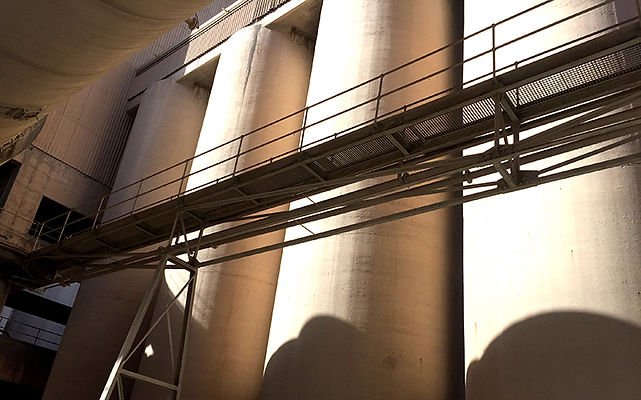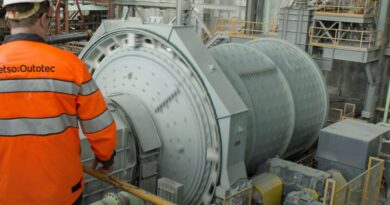Silo cleaning services use cutting-edge equipment
DGC offers a highly specialized service for cleaning contaminated and clogged-up bulk storage containers in the manufacturing, mining, and mineral processing industries. These services, which involve the safe and efficient removal of compacted materials, are coupled with consulting services, the adoption of preventative maintenance procedures, and the formulation of proper cleaning schedules.
Its Silo Cleaning Services are executed using cutting-edge equipment that is fast, efficient, and safe, as the cleaning operations require no human entry into the storage vessel at any time. The company’s services are designed to safely remove compacted materials from any size or shape of silos, bins, hoppers, tanks, reactors, and chimneys.
Whether it be cement, coal, soda ash, fertilizer, plaster, animal feed, salt, or clay, substances kept in silos attract moisture, which causes the material to bind and adhere to the walls or form clumps.
As the moist product dries, it can harden and starts to break up, producing lumps that can block the valve outlets. This results in the build-up of debris, which restricts the flow of material, causing capacity reduction and production stoppages (so lumps can be removed from the valve areas or air slides). This is a typical case for DGC’s Silo Cleaning Services.
Specialist expertise is critical to the success of any silo management system. DGC believes that, through innovation and new technologies, the company’s Silo Cleaning Services can replace the traditional unsafe methods used, by avoiding having personnel work inside unsafe confined spaces.
In addition to providing relevant experience and know-how, Silo Cleaning Services require highly specialized equipment. DGC adopts a combination of specialist cleaning systems
The vessel cleaning services generally referred to as Silo Cleaning Services, are used in manufacturing, mining, construction, and agricultural facilities on a wide range of bulk materials to:
- Remove Product Build-Up
- Restore Flow Rates
- Recover Design Capacity
- Prevent Cross-Contamination
- Reclaim “Lost Material”
- Eliminate Combustion-Generating “Hot Spots”
- Decommission Storage Vessels at Facility Conversions or Shut-Downs




